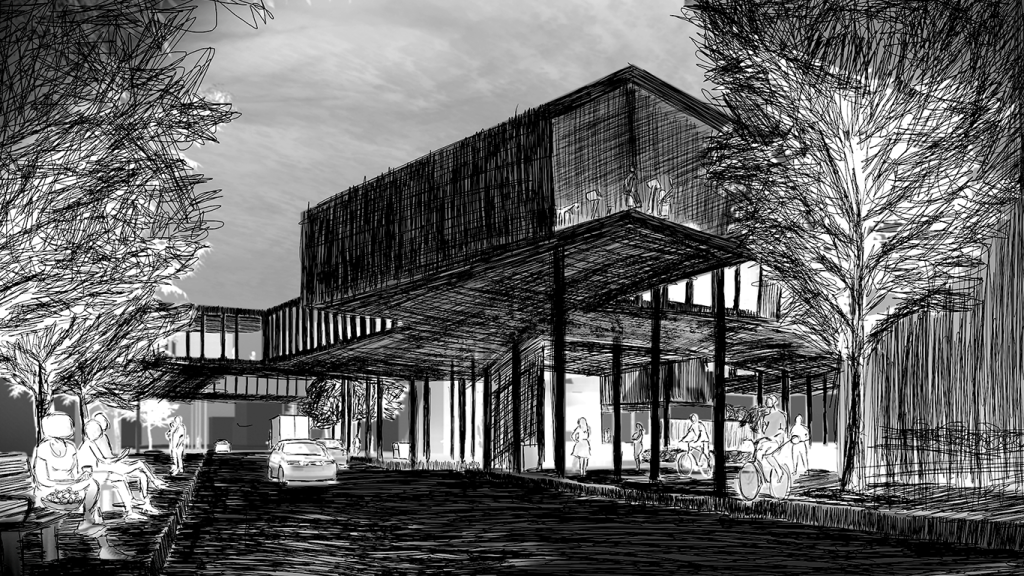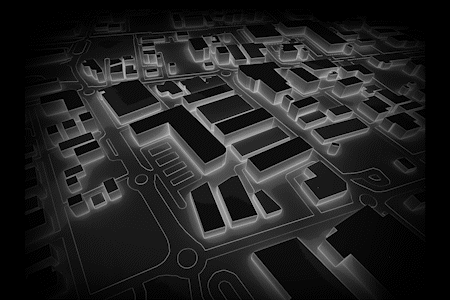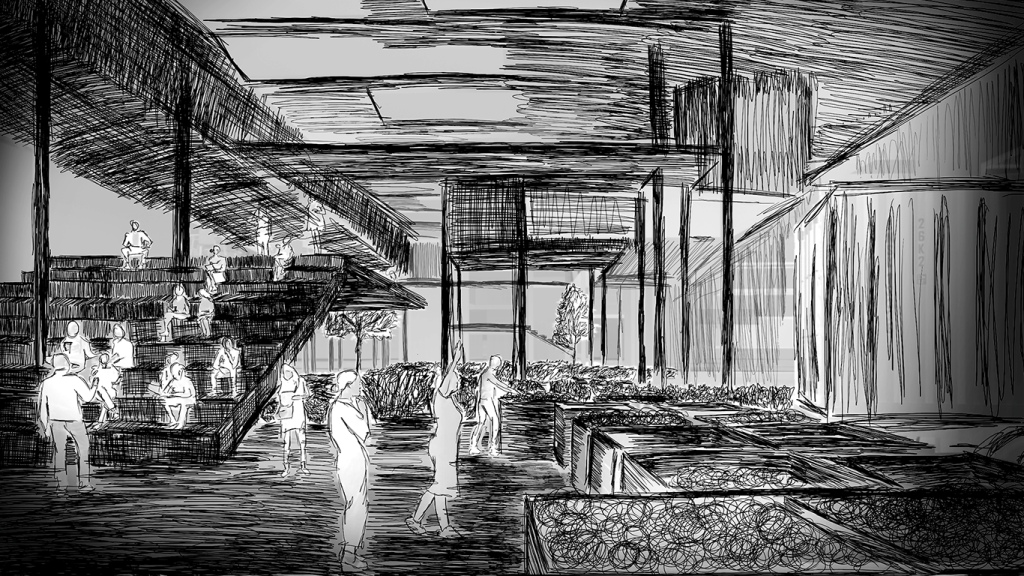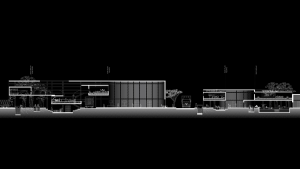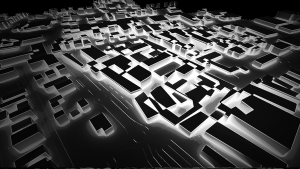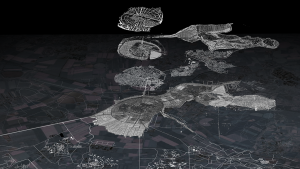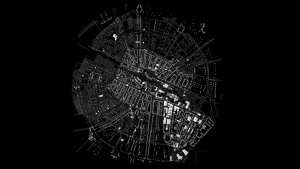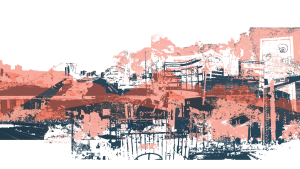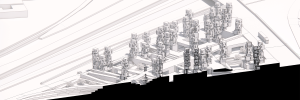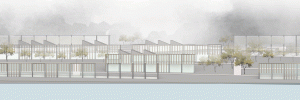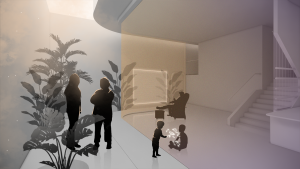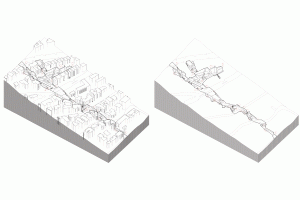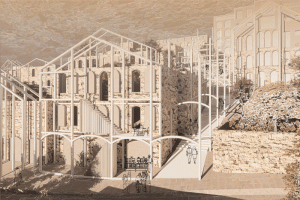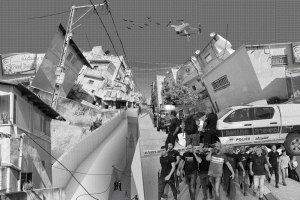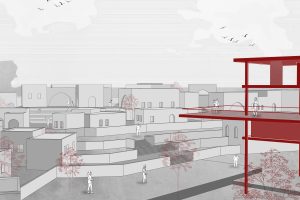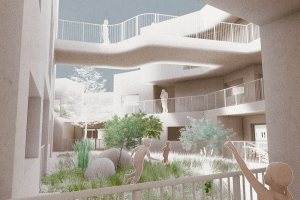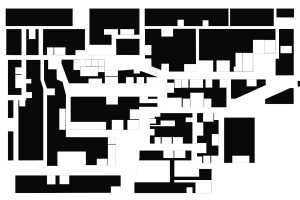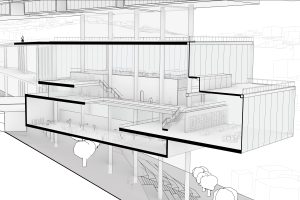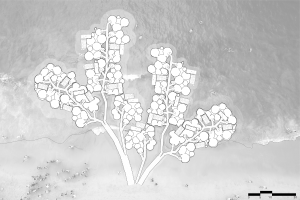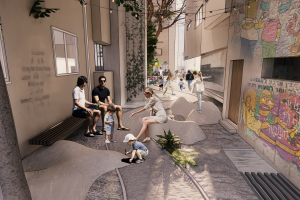The Leftover Network
Food, the resource that we all love, cannot live without, and are surrounded by from the moment we are born, accompanies us through various aspects of life: cooking for an upcoming holiday meal, shopping at a market, or even throwing it away. Food has played a vital role in the development of human civilization, and, prior to the modern era, it was also a generative force in urban environments. Living spaces were shaped around agricultural fields, supply areas, and food-reception spaces, all of which became integral components of city infrastructure. Cities themselves have evolved into tapestries that encapsulate the stages of food within their open spaces, giving rise to urban identities forged at the intersection of sustenance and physical space. Modernist planning, advocating for the separation of functions, has gradually pushed the food chain to the outskirts of cities. Today, the last vestiges of can be observed on crowded supermarket shelves or within the confines of backyard trash cans.
In this project, inspired by architect Rem Koolhaas’ concept of “garbage space,” I seek out spaces originally designed as integral nodes of the food chain and that now primarily consist of vast enclosed commercial areas whose surrounding areas lack identity and are relegated to residual status. These inter-building areas, termed “urban garbage spaces,” have been neglected over time. I leverage this as a foundation to establish a new urban network, unveiling the urban food chain with reference to both leftover sustenance and abandoned spaces. The innovative network comprises a range of volumetric interventions that underline the significance of the backyard by introducing programs and structural modifications within these garbage spaces. This intervention strategy is applied to the heart of Afula, which serves as a case study. The city initially flourished as an agricultural center, where food held profound cultural importance; however, as the city expanded, food-related zones migrated outward, replaced by expansive supermarkets belonging to major food chains. By executing a series of interventions around and within these garbage spaces, I aim to unearth the historical food fabric of the city and its streets, weaving a new tapestry of public spaces and supplementary programs. This holistic approach will enable the city’s resurgence, facilitated by the revitalization of its “residue fabric.”




